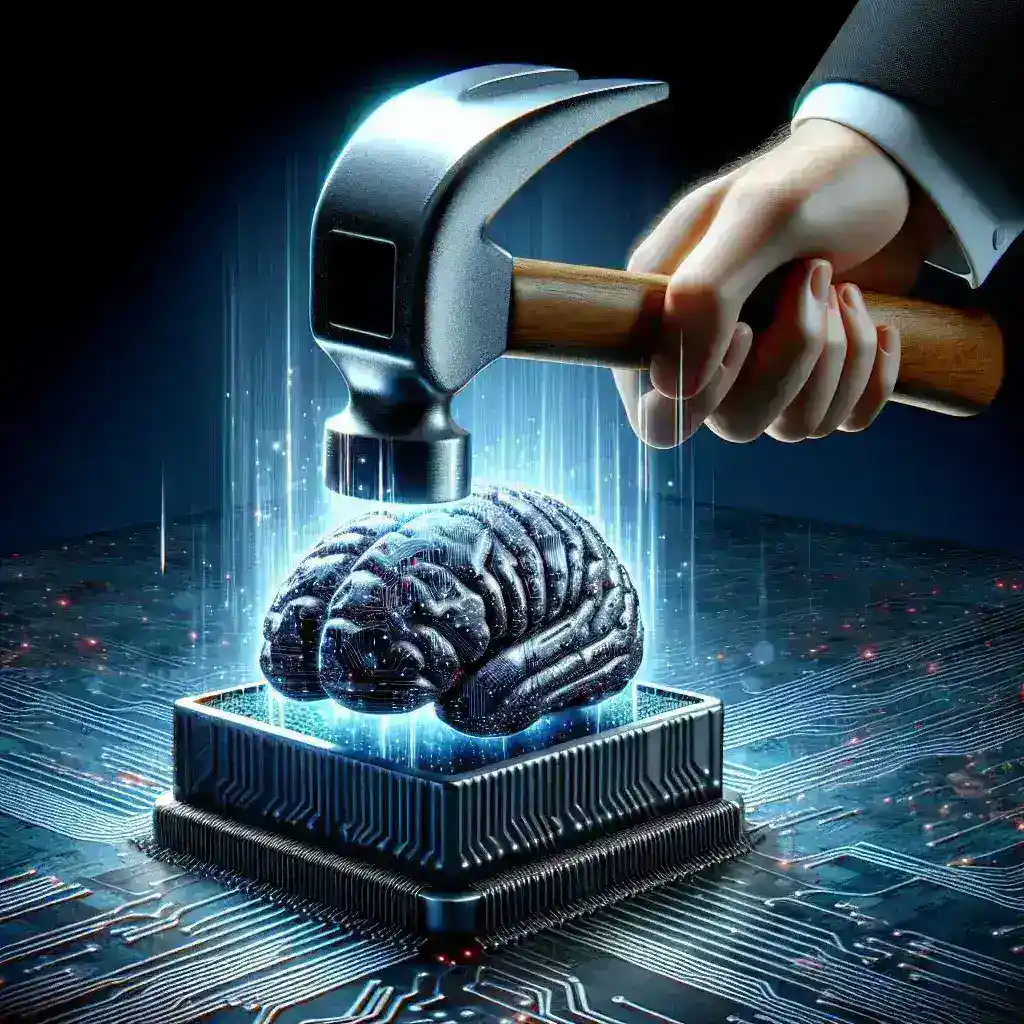Understanding GPUHammer Attacks
The GPUHammer attack represents a significant threat to the integrity of AI models by introducing vulnerabilities that severely diminish their accuracy. At its core, this attack exploits weaknesses in GPU computation strategies, manipulating how data is processed and affecting the overall performance of machine learning applications.
The Mechanism Behind GPUHammer Attacks
GPUHammer attacks function through targeted interference with the graphical processing units (GPUs) employed in AI operations. By implementing various techniques, attackers can disrupt the training and inference phases of AI models, leading to corrupt outputs and unreliable decision-making.
How It Works
- Resource Exhaustion: Attackers utilize overwhelming computations that exhaust GPU resources, causing a slowdown in normal processing tasks.
- Data Corruption: By injecting malicious data or altering the dataset, the attacker influences the learning process, resulting in models that provide less accurate predictions.
- Timing Attacks: Exploiting timing discrepancies to predict and manipulate model behavior under varying loads.
Historical Context of GPUHammer Attacks
GPUHammer has emerged as a response to the increasing reliance on GPU-powered AI systems. As organizations seek to leverage machine learning capabilities, the vulnerabilities inherent in these systems have become more apparent. The first documented instances of these attacks surfaced around 2020, where various research studies began to highlight the intersection of cybersecurity and machine learning vulnerabilities.
Key Milestones
- 2020: Academic papers detailing the feasibility of GPU attacks were published, raising awareness in the tech community.
- 2021: Increased reports of compromised AI systems utilizing GPUHammer techniques were documented.
- 2022: Major organizations began investing in protective measures against such vulnerabilities.
Impact on AI Model Accuracy
The implications of GPUHammer attacks extend far beyond immediate performance issues. The primary concern revolves around the accuracy of AI models that are crucial in various applications, from autonomous vehicles to medical diagnostics. When the integrity of training data is compromised, the AI system learns incorrect correlations, leading to significant errors in judgment.
Examples of Reduced Accuracy
- Autonomous Vehicles: A compromised model may misinterpret road conditions or obstacles, posing serious safety risks.
- Healthcare Diagnostics: Inaccurate predictions could lead to misdiagnosis, affecting patient outcomes.
- Financial Services: Misleading trends may cause substantial financial losses in algorithm-driven trading systems.
Future Predictions for AI Security
As AI technology continues to evolve, the risk of GPUHammer attacks will likely grow. Experts predict an increase in the sophistication of such attacks, with potential adversaries employing more advanced techniques to exploit vulnerabilities. This necessitates a proactive approach to AI security, including enhanced monitoring and protective measures.
Potential Mitigation Strategies
- Data Validation: Consistently verify datasets and model outputs to ensure integrity.
- Robust Training Techniques: Implementing adversarial training methods can help models resist noise and manipulation.
- Monitoring Systems: Real-time monitoring of GPU performance can help detect anomalies indicative of an attack.
Pros and Cons of Addressing GPUHammer Attacks
Pros
- Increased trust in AI systems, leading to broader adoption.
- Enhanced decision-making capabilities through reliable models.
- Protection of sensitive data and user privacy.
Cons
- Initial costs for implementing security measures can be high.
- Potential for performance trade-offs when applying protective algorithms.
- Ongoing need for training and education on emerging threats.
Conclusion
The GPUHammer attack presents a growing concern in the realm of AI and machine learning, with the potential to significantly undermine model accuracy. As cybersecurity and AI technology intersect, it is imperative for organizations to prioritize the development of robust security measures. Addressing these vulnerabilities through proactive strategies will not only safeguard AI models but will also strengthen public trust in their deployment across various sectors.

